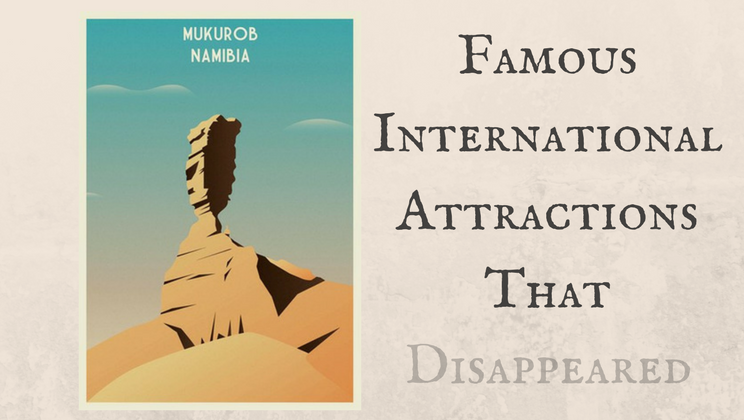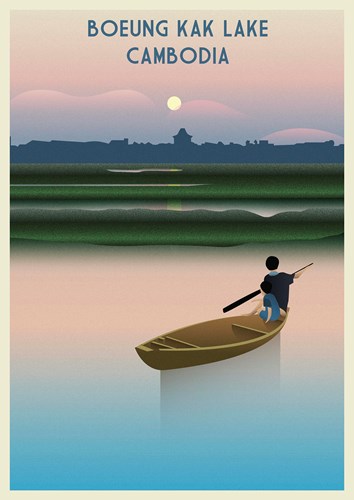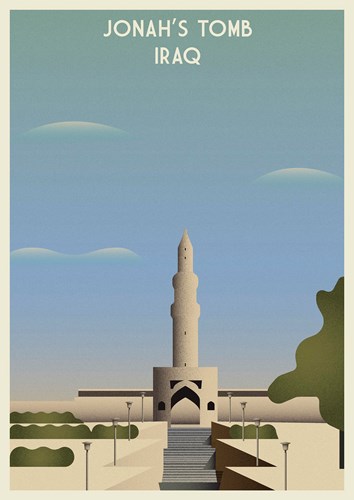Beautiful tourist destinations & attractions that disappeared
Posted by staff / September 24, 2017
If there’s one thing in the world you’ve always dreamed of seeing, don’t count on it always being there.
From rock formations to the ruins of ancient cities, one armed conflict, vandal, or natural disaster could spell an end to that dream forever.
Wayfairer remembers some of the world’s greatest attractions that are no more in their series, Faded Footprints.

Until ten years ago, Boeung Kak in Cambodia was covered by the largest urban lake in Phnom Penh. Then, in 2007, the Cambodian government leased the land to Shukaku Inc., a deal which will last for 99 years. This lease has resulted in the lake being filled with sand in order for the company to build complexes on the land.

The Mukurob, also known as ‘Finger of God’, was a sandstone rock formation which developed in the Namib desert near Asab. The Mukurob was unique due to its base, which at just 3m long and 1.5m wide was narrower than the mass of rock it supported.
The structure collapsed in 1988 – to this day it is not known exactly what caused the demise of the rock but some suggest a rainstorm that occurred the week before weakened the pillar, while another study shows that an earthquake in Armenia affected Namibia on the night the structure collapsed.

Jonah’s Tomb was another tragedy of ISIS, when the terrorist group planted explosives in the area in July 2014. The tomb was situated atop a mound which was home to a site of devotion for Jewish people, a Christian church and a 12th century mosque.
The tomb was one of Iraq’s most iconic monuments and was celebrated by Muslims, Christians and Jews alike, along with other faiths, in spite of religious difference. The tomb was a popular tourist destination and for the local people of Iraq it served as a symbol of Iraq’s interconnected diverse religious groups – making its eradication tragic.
Full story at Wayfairer.
Comments are off for this post.